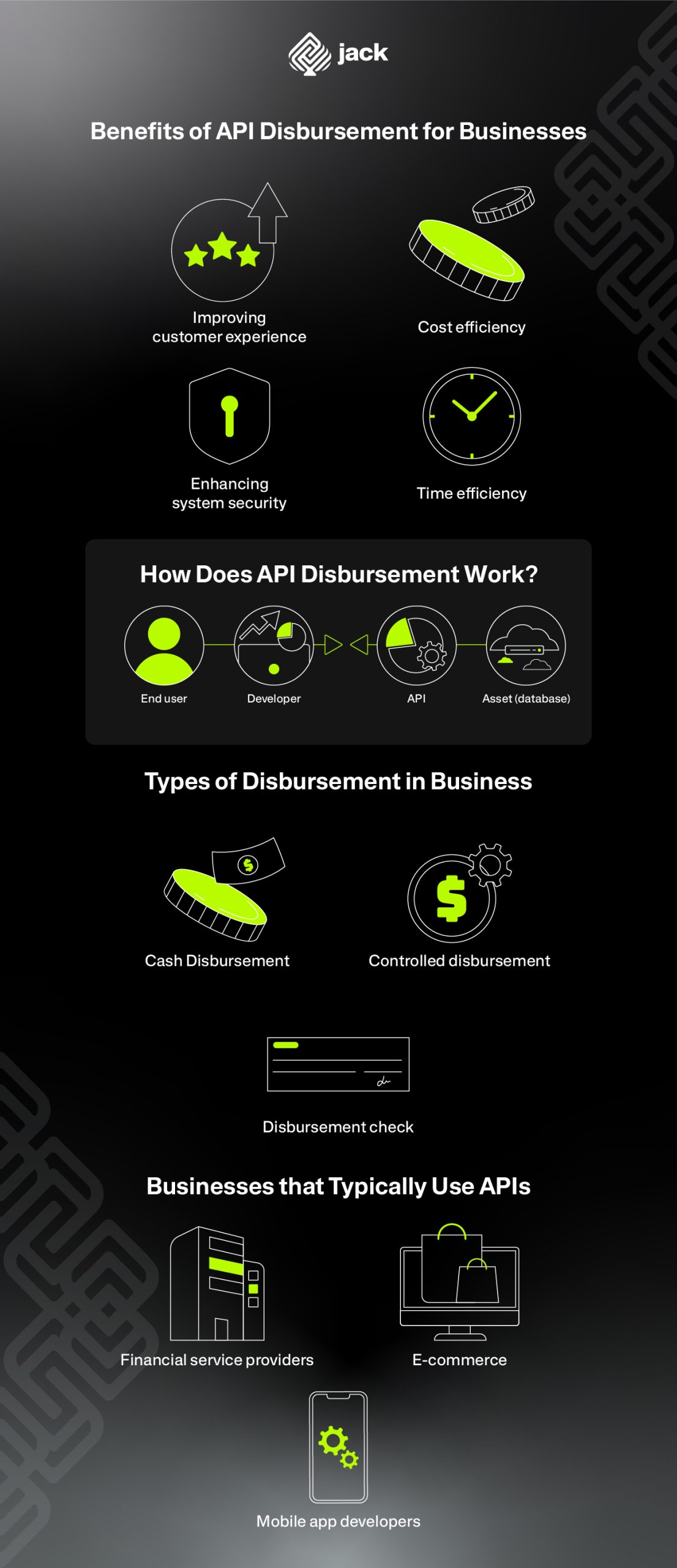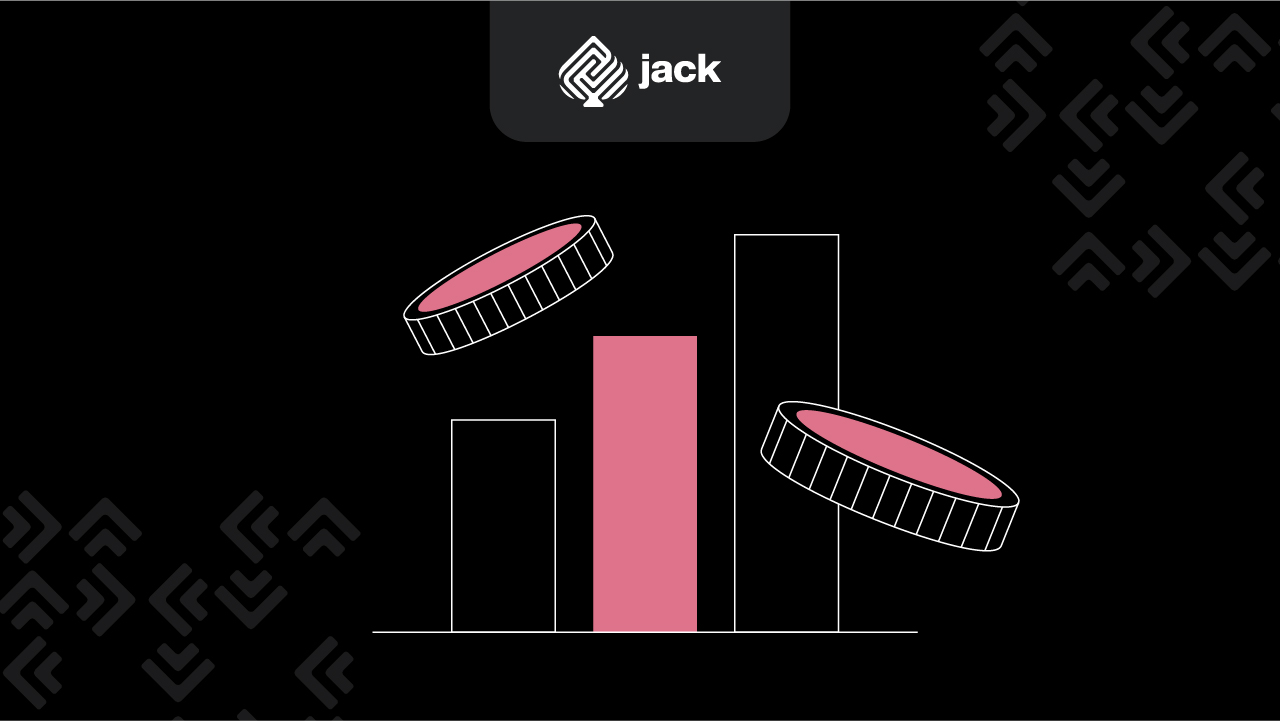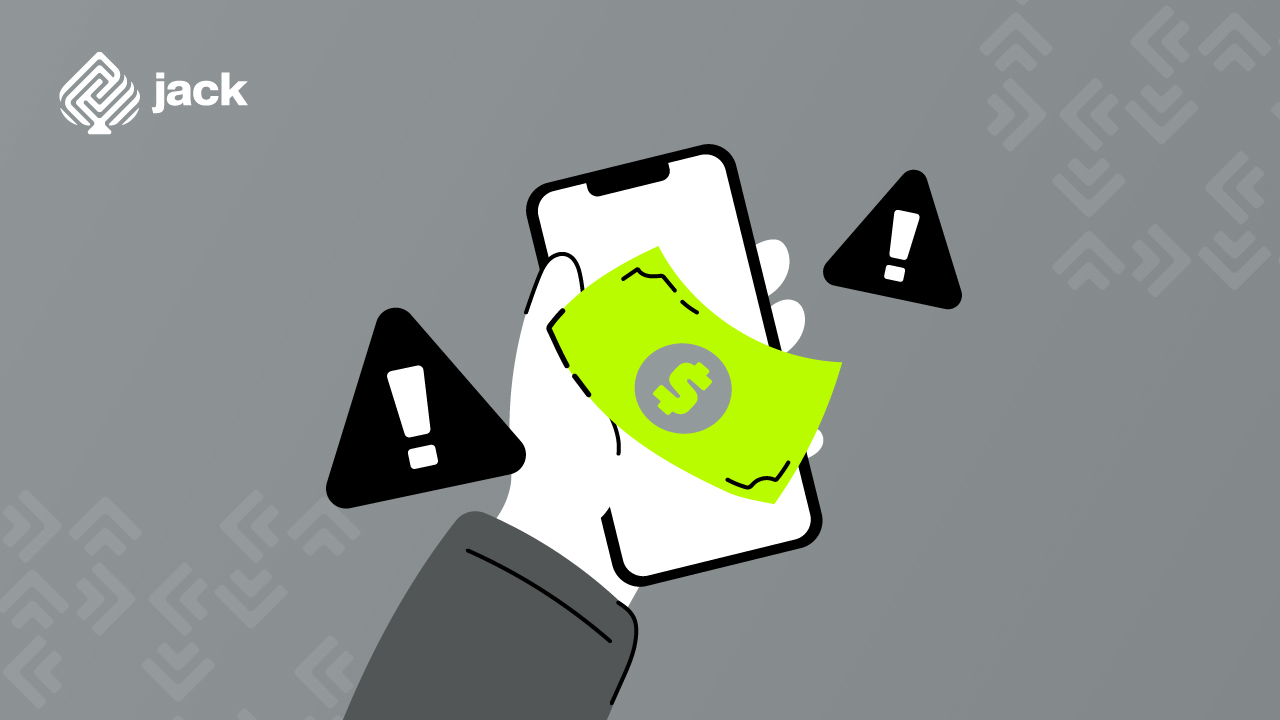The term API disbursement may still sound unfamiliar to the general public. Typically, this term is encountered by fintech app users because it serves as a key feature.
Disbursement literally means payment, one of the financial activities provided by fintech platforms. It sounds ordinary, similar to what can be obtained from conventional banks. However, when encountering the term “API” or Application Programming Interface, that’s where any platform, whether web-based or app-based, finds its strength, which is integration.
With API technology, platform providers can connect various third-party platforms and create new forms of services. For example, real-time fund transfers without time and location limits, including cross-border transfers, with flat rates.

This is what differentiates regular disbursement from disbursement via API. The following is a further discussion of what API disbursement is, how it works, its benefits, and examples of its implementation.
Definition of API Disbursement

As mentioned earlier, the key term here is integration. IBM defines API or Application Programming Interface as a set of systems that enable different applications to communicate with each other.
In the field of software development, APIs are the scope of work for backend teams and are in the form of URLs. All data exchanges are done through these URLs.
From the users’ perspective, API functions are only visible in the form of features enjoyed when accessing a website or app. For example, when a user of an e-commerce app wants to purchase a cosmetic product, there is API work behind the scenes.
The API connects various applications during and after a transaction occurs, including:
- Maps: to detect the recipient’s address location tag
- E-mail platform: for payment invoice notifications
- Payment platform: for payments via ATMs, online banking, or digital wallets
The entire process does not redirect users to other platforms outside the e-commerce app. APIs specifically build connectivity between platforms for user convenience and process efficiency from the app developer’s perspective.
In the context of payments or disbursement, API implementation is not limited to fintech platforms only. Traditional banks are now starting to add digital banking facilities by leveraging API technology. The presence of mobile banking apps is one example of its application.
Benefits of API Disbursement for Businesses

Here are several benefits of using API:
1. Improving customer experience
New breakthroughs are the reason many users switch to digital financial service platforms. 24/7 accessibility and minimal or no transaction fees are some of the conveniences sought after by users. By continuously improving services, user experience becomes more positive.
APIs are also essential for any application that provides more than one payment option. Examples include online shopping platforms, music streaming services, and financial applications.
Without APIs, platform providers cannot offer payment options and fund withdrawals from various sources.
2. Cost efficiency
Integrating systems can simplify operational processes, making it possible for businesses to reduce their expenditure budget. Cost savings are not only achieved once the app or website is launched but also during the initial development of the app.
The reason is that API integration can help developers obtain various software functionalities they need without building new software from scratch.
From a user perspective, API-based services can be a way to save on purchasing tools. For example, a company uses web-based HR management software to handle employee affairs.
The software provides payroll integration features that can be used by the finance team for each pay period. The feature works by consolidating various data such as bank account numbers, attendance, and employee work productivity.
For instance, the system will automatically deduct the salary of an employee who takes unpaid leave. With this feature, the company no longer needs to purchase new tools for analytics that monitor employee performance.
3. Time efficiency
APIs can automate various tasks that were previously done manually. This is another advantage of APIs besides integration, namely automation, which can significantly reduce work time, the risk of human error, and the number of required staff.
For example, many F&B businesses use digital menus and single QR code payments. For instance, customers dining in a cafe only need to scan a QR code to access the menu and choose a payment option. The use of APIs enables different business services to interconnect, ranging from ordering, and payments, to chatting with customer service.
4. Enhancing system security
Due to its function of integrating systems, APIs provide ease in tracking all activities within the app, including error detection.
APIs also provide an extra layer in their system for data encryption. Each request made by users does not directly connect to the server but to the API. The API’s function is to relay the request to the server and deliver it back to the user.
The risk of cyber attacks can be reduced with a fraud detection system in the API. For example, the system is set up to be wary of suspicious user activities. Suppose the system detects a user logging into the website from a new device and an unfamiliar location.
The fraud detection system will immediately activate because it suspects that the user’s account password has been stolen and is being accessed by the thief. Consequently, a request for two-step verification will appear or the account will be blocked.
How Does API Disbursement Work?

Fundamentally, different platforms are different and incompatible with each other. The reason for this is that each platform has its own programming language and different technical specifications. Therefore, APIs play an important role as translators so that user requests can be communicated in the same language.
Quoted from Decode, there are at least four elements involved in the API working system:
- End user: service users.
- Developer: responsible for building the app and system to access data in the database via the API.
- Asset (database): a collection of data owned by the main platform and third parties.
- API: responsible for connecting the entire database and sending data according to user requests.
The essence of API technology in the payment process is the same as the main purpose of creating APIs, which is to streamline the process that users have to go through. Each stage of the transaction takes place within a single platform.
Types of Disbursement in Business

Throughout their operation, businesses perform various types of payments, including:
1. Cash Disbursement
Cash disbursement refers to cash expenditures made by a company. Although it includes the word “cash,” these expenditures can be paid in various ways, including checks. Cash disbursement also includes dividend payments and refunds to customers.
2. Controlled Disbursement
This type of payment is usually carried out by financial institutions on behalf of clients. For example, a company wants to pay for services or products by writing a check, and the bank arranges the fund disbursement, which takes up to 2×24 hours.
During these two days, the funds will be held in the bank before being released to the recipient’s account. This type of payment makes it easier for businesses to schedule transactions with multiple parties.
3. Disbursement Check
This type of expenditure is specifically for all payments made by a company in the form of a check. Companies usually use checks to pay for various things, including salaries, employee reimbursements, and payments to vendors or contractors.
Businesses that Typically Use APIs

The use of APIs extends across various fields and is not limited to payment processes alone. Here are some businesses that utilize APIs:
1. Financial service providers
Financial service providers such as banks, peer-to-peer lending platforms, and digital investment fund managers leverage APIs for data integration and their services. The integration of systems not only prevents users from switching to other platforms but also positions the business as a one-stop solution or a center for users’ financial activities.
In further applications, APIs enable the processing of historical and real-time information in the stock market. The gathered data can then be utilized to make price predictions using machine learning algorithms.
2. E-commerce
APIs facilitate connectivity between e-commerce platforms and merchants, payment gateways, delivery service providers, and inventory management systems. This integration is crucial for streamlining operational processes, enhancing customer experience, and expanding the reach of businesses.
3. Mobile app developers
Mobile app developers rely on APIs for functionalities such as integration with social media accounts, payment gateways, and cloud storage. As more data and features can be connected, the application’s ability to personalize the user experience also increases. Consequently, the app will only provide relevant services and notifications.
Use Jack for Your Business Needs
Consumer preferences differ and continue to evolve. Many businesses strive to adapt their services and products to consumers with various needs and preferences.
API technology can accelerate these goals. Businesses can leverage APIs to create platforms that facilitate consumer access to various services simultaneously.






